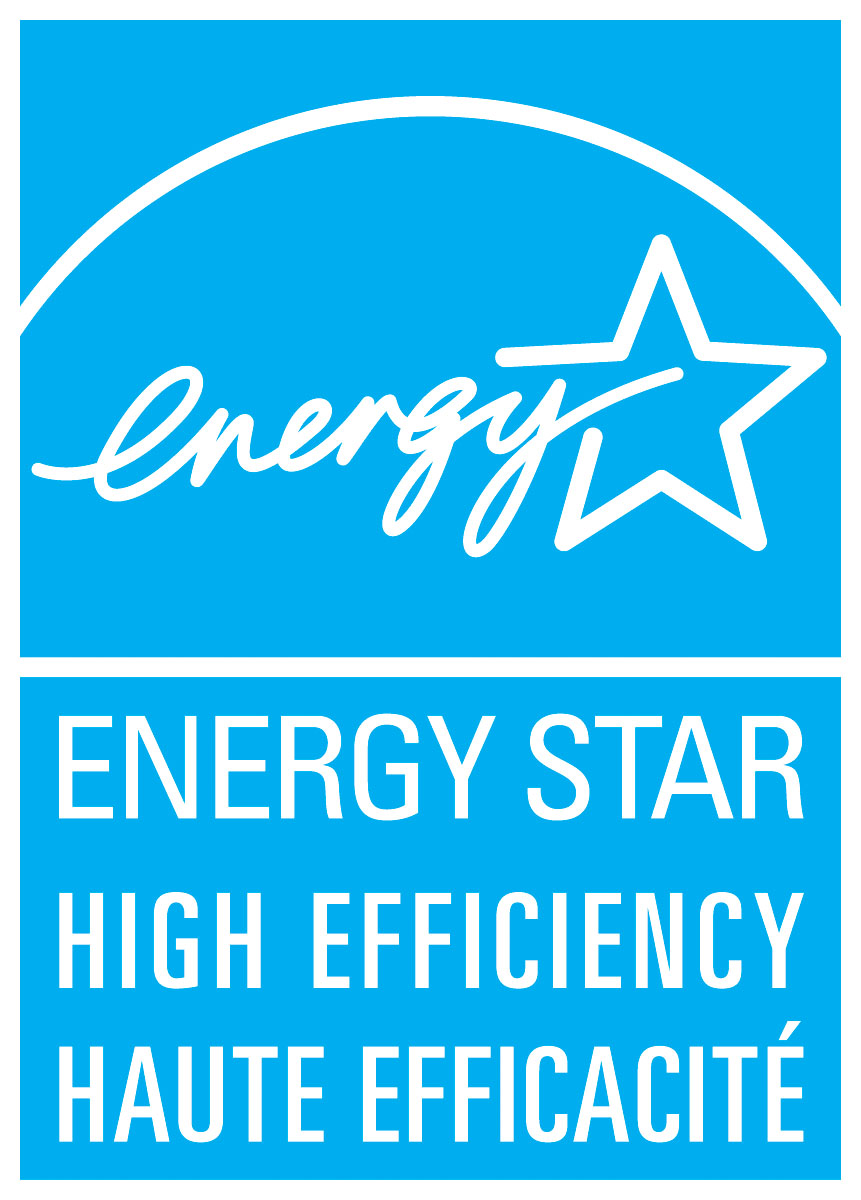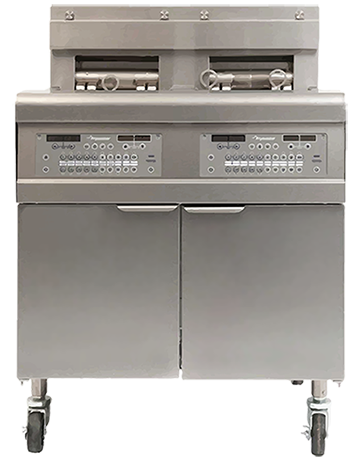Commercial fryers

Buy ENERGY STAR® to save you money!
An ENERGY STAR certified commercial fryer uses 30-35% less energy, on average, than a standard model. Saving energy saves money and reduces your carbon footprint.
A standard sized electric or gas fryer model that has earned the ENERGY STAR designation can save 1,100 kWh/year or 50 MBtu/year in energy, respectively. This equates to a savings of $100 and $470 annually on your utility bill. ENERGY STAR certified large vat electric and gas commercial fryers can save 1,790 kWh/year and 58 MBtu/year in energy, respectively. This equates to a savings of $170 and $500 annually on your utility bill.
Key features
- Shorter cook times and higher production rates through advanced burner and heat exchanger designs.
- Fry pot insulation reduces standby energy losses resulting in a lower idle energy rate.

Start your research using the ENERGY STAR Product Finder tool to find and compare certified commercial fryers. (NOTE: you will be redirected to the US ENERGY STAR website.)
Helpful tips
- Turn off backup fryers during slow periods.
- Verify that your equipment and integrated thermostat are working properly by testing with a reliable commercial thermometer. Oil should be heated to between 162°C and 176°C (325°F and 350°F).
- If your oil is too hot, the fryer can be damaged.
- Avoid overfilling the fryer because this only prolongs the cooking time.
- Monitor recovery times; if they get longer, you may need to replace the fryer soon.
- Regularly degrease the fryer, and clean the heating element to keep it efficient and long-lasting.
- For more information on energy and cost savings see the publication ENERGY STAR Guide for Commercial Kitchens [PDF - 2.1 MB].
The ENERGY STAR Promise
All ENERGY STAR certified products are tested to meet strict efficiency specifications and are certified by an independent third party. They perform the same as or better than standard products without compromising performance in any way.
The ENERGY STAR name and symbol are trademarks registered in Canada by the United States Environmental Protection Agency and are administered and promoted by Natural Resources Canada.
Page details
- Date modified: